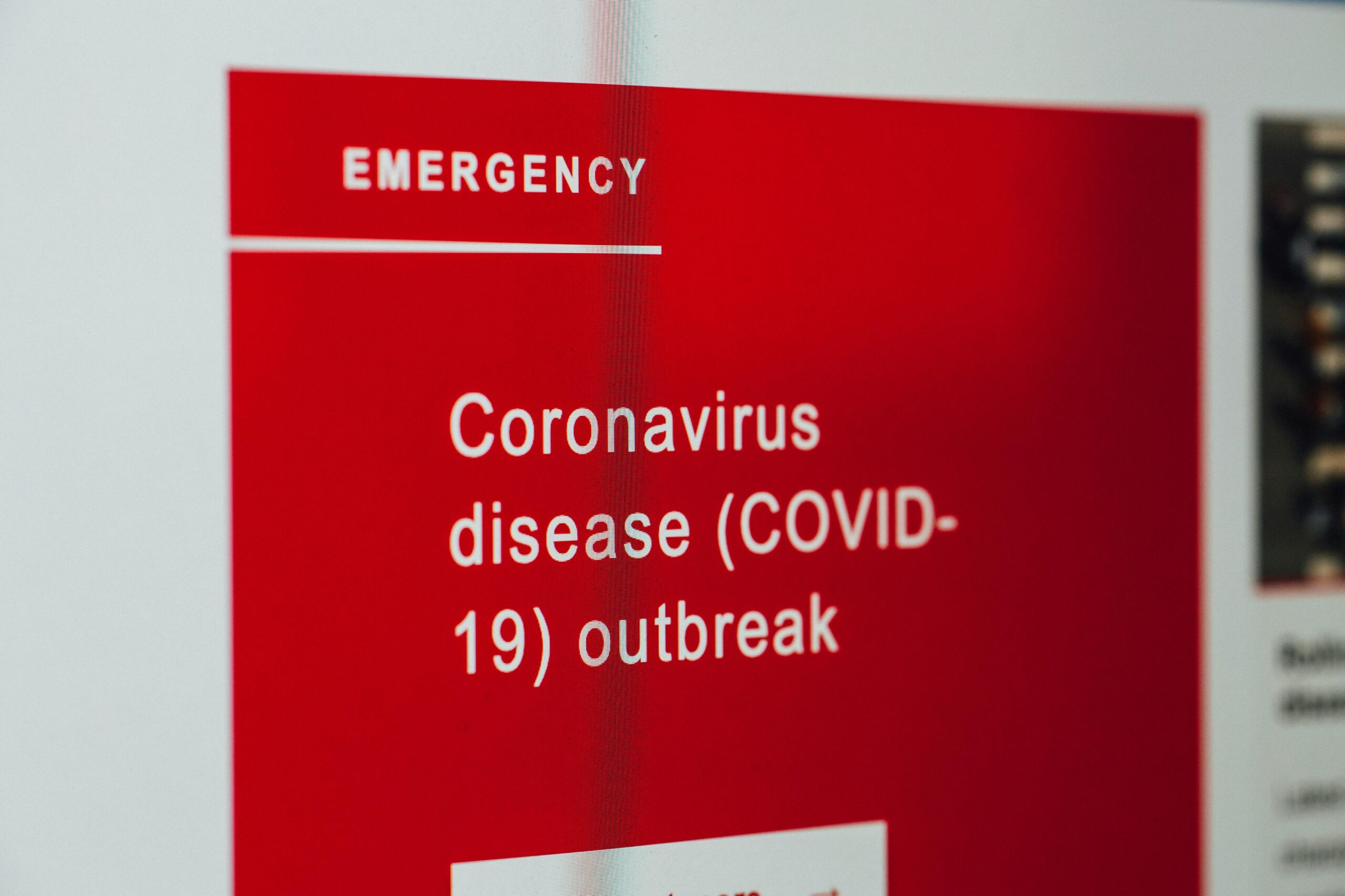In the wake of Christmastime, the state of Illinois is seeing an unusual rise in respiratory infections, such as COVID-19, influenza, and respiratory syncytial virus (RSV). Updates on the worsening circumstances have been released by the Centers for Disease Control and Prevention (CDC) and the Illinois Department of Public Health (IDPH), with a focus on highlighting the importance of preventative measures and getting immunization
COVID-19 Hospitalizations and Vaccination Rates
A concerning rising number of COVID-19 hospitalizations statewide in Illinois has been confirmed using recent data from the CDC’s COVID Data Tracker. With 1,393 hospitalizations recorded in an entire week, 54 counties still were experiencing elevated COVID-19 hospitalization rates as of mid-January. Despite a slight decline from prior weeks, just under 24% of adult Illinoisans have received their COVID-19 vaccination, demonstrating that the situation is still critical.
Influenza and RSV Concerns
The current level of influenza activity is approaching pre-pandemic levels experienced in the 2019–2020 season. Notably, the IDPH confirmed three influenza-related pediatric fatalities to have occurred in December, underscoring the potential severity of the illness in children and adolescents. Even while RSV appears to be strengthening, there are still hazards connected with it, particularly for young children and newborns as well.
Public Health Response and Recommendations
In response to the escalating virus activity, IDPH has launched several initiatives and provided public health recommendations.
Vaccination Campaign: The present degree of influenza activity is rising to pre-pandemic levels experienced in the 2019–2020 season. Notably, the IDPH confirmed three influenza-related pediatric fatalities that occurred in December, illustrating the potential severity of the illness in young individuals. Even while RSV appears to be stabilized, there are still hazards associated with it that are especially hazardous for young children and premature babies.
Disease Surveillance Dashboard: Weekly updates on hospital visits, lab test positive, and demographic information about infections of the respiratory system are accessible by a new Infectious Respiratory Disease Surveillance Dashboard.
Safety Measures: Basic hygiene practices should be followed by the public, such as staying at home when unwell, using masks when appropriate, and getting medical attention right away if respiratory symptoms manifest.
Federal Resources: For the sole purpose of procuring masks, treatments, vaccinations, and testing materials, the federal government maintains a thorough toolbox on covid.gov.
Free Tests and Treatment Options
Every U.S. family member is able to obtain four free at-home tests through the COVID.gov website to speed up access to diagnosis and treatment. A triple test for COVID-19, flu, and RSV is now free of charge for those working in high-risk settings and municipal health departments owing to the IDPH. Moreover, effective treatments like PAXLOVID are available at no charge through the federal Patient Assistance Program for Medicare and Medicaid recipients and the uninsured.
Challenges and Outlook
Despite these efforts, challenges persist. The seasonal flu vaccine is still not widely acquired, with just under fifty percent of adults and children in the whole nation having received it. The most recent COVID-19 and RSV vaccinations are also not as commonly employed as might be imagined. The CDC stresses that whilst immunizations have become crucial for steering clear of serious illness, therapies are as critical and sometimes left unattended.
Antiviral Treatments and Hospital Occupancy
Even in the event of a lack of test results, the CDC cautions against initiating antiviral therapy as soon as possible. This is crucial in preventing severe disease. Research, however, shows that the adoption of COVID-19-specific beneficial therapies, such as Paxlovid, is far less than the ideal situation. This underutilization makes clear how urgently the availability and understanding of effective therapies must be expanded.
Hospital bed occupancy remains steady as the respiratory virus season goes on, but the CDC predicts that the number of hospitalizations will likely exceed that of the previous season. This prognosis underscores how crucial it is to maintain vigilant watch and follow public health recommendations to lessen the effects of respiratory viruses in Illinois as well as throughout the nation.
Conclusion
In conclusion, Illinois has experienced a decline in the number of respiratory disorders, but the state is still extremely cautious because of high hospitalization rates for RSV, influenza, and COVID-19. But the fight is far from lost. The insufficient utilization of current medicines and poor immunization rates provide serious obstacles. Illinoisans need to be cautious about the continuous threat posed by respiratory viruses, follow health recommendations, and make use of available resources to protect themselves and their communities. To control and decrease the effects of these seasonal health issues, constant dedication to detail and preventative medical steps are crucial.
For treatment of COVID-19, Illinoisans who experience symptoms can access no cost-share telehealth services through the SIU School of Medicine Covid Test to Treat services or call (217) 545-5100. An additional option is the NIH Test to Treat line or call 1-800-682-2829 to get access to no-cost care.











+ There are no comments
Add yours